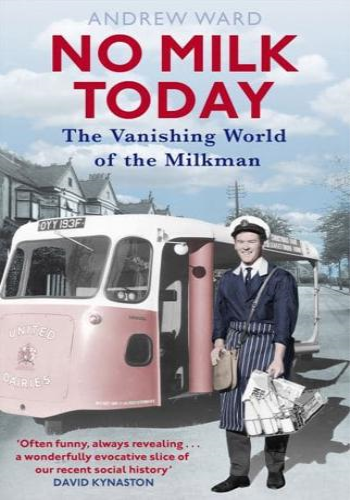Traditionally, in British society, the milkman has been a family friend, a sex symbol and a cheerful chappie. He has been the eyes and ears of the community, and his genetic legacy has supposedly passed into the lineage of housewives.
This collection of folk tales about milkmen covers the history of the job and the milkman's everyday experience. The book is structured by the milkman's working day. It starts with the alarm-clock and ends with the milkman returning home in search of sustenance and tender loving care. The book is less about changes in the dairy industry and more about the work experiences of the people who have delivered milk.
Many milkmen are featured: Chris Frankland delivered over eight million pints before he retired at seventy-four; Alistair Maclean drove two million miles across the north coast of Scotland in fifty years; and Tony Fowler, an award-winning Leicestershire milkman, helped to put over fifty people in prison.
For more than thirty years the author has collected milkman stories through oral testimony, newspaper archives, anecdotes, diaries, books and more formal interviews.
Praise for the author:
Barnsley: A Study in Football, 1953-59 (with Ian Alister, Crowberry 1981)
'A rare example of folk history . . . a work thankfully free of sick parrots, bulging nets and exclusive revelations.' (The Yorkshire Post)
'riveting, dreamy, passionate, valuable and stuff of a past era which must not be forgotten . . . I read it in an all-night session.' (Frank Keating, Guardian)







